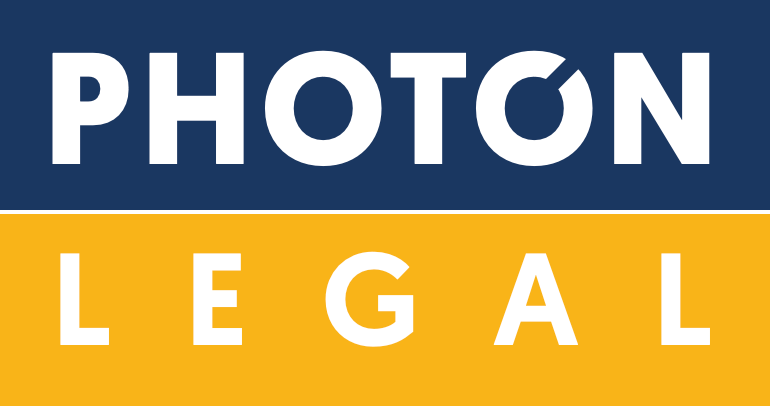
Introduction
The term Hair Spa is synonymous with the treatment, conditioning, and nourishment of damaged hair. This term became the heart of the Legal battle between the world-renowned cosmetic brand L’Oréal and Pornsricharoenpun Co. Ltd., a Thailand-based company. The Delhi High Court had to answer the question: Whether the term ‘HAIR SPA’ is a generic term and is used commonly by consumers as a treatment for hair?
Facts
Pornsricharoenpun Co. Ltd, a reputable company in Thailand, specialized in manufacturing, marketing, exporting, and trading of cosmetics and hair care products with their renowned trademark “Berina”. This trademark was registered in India under Class 3 for cosmetics and hair care products.
In 2011, the Company advertised the launch of its “Berina Hair Spa” products in India through a magazine, which also featured its competitor’s product. Despite being aware of Pornsricharoenpun Co. Ltd’s products and branding, L’Oréal failed to take any legal action for three years.
However, in 2014, L’Oréal filed for a permanent injunction, alleging that Pornsricharoenpun Co. Ltd, had infringed on their trademark “Hair Spa” and passed off their products as L’Oréal s.
As a result, the original court issued an order, restraining Pornsricharoenpun Co. Ltd from using the “Berina Hair Spa” trademark. In response, Pornsricharoenpun Co. Ltd appealed to the Delhi High Court to challenge the injunction.
Analysis
In the appeal, Pornsricharoenpun Co. Ltd claimed that its products displayed the “Berina” trademark, followed by a description of the items, including bleaching preparations, hair colorings, hair straightener creams, hair spa, and conditioners. The term “Hair Spa” was used solely in a descriptive manner and not as a trademark. It was a widely used and understood generic term that consumers recognized as a treatment for various hair conditions. Furthermore, both “Hair” and “Spa” had straightforward dictionary definitions. Therefore, the combination of the two words merely indicated a nourishing and conditioning treatment for damaged hair, rather than a specific brand or product.
As the term “Hair Spa” is commonly used in the industry, no one can claim exclusive rights to it. Multiple entities are marketing their products using this term, making it a widely recognized phrase. Furthermore, there are notable differences in the styling, color combinations, and trade dress between Pornsricharoenpun Co. Ltd.’s products and their competitors. The difference was evident in their unique approach in their branding, which included the stylized way they wrote “Hair Spa.”, the different color combinations and their product labels.
Moreover
L’Oréal maintained that they had adopted the “Hair Spa” trademark with complete honesty and good faith in 2002, and have been using it consistently and extensively in the hair care industry ever since. Over time, they have established an impressive portfolio of trademarks that feature unique stylized markings and logos. Additionally, they had successfully registered the “Hair Spa” trademark in India. Thus, according to L’Oréal, the use of the registered “Hair Spa” mark by Pornsricharoenpun Co. Ltd constituted both infringement and passing off.
Drawing on a range of favorable judgments, the High Court recognized that “Hair Spa” was a descriptive term widely used in trade to refer to products that nourish and treat hair. Rather than being an invented phrase, “Hair Spa” was simply a combination of two common English words, “Hair” and “Spa,” used to describe the features of a given product. As such, the combination lacked the necessary distinctiveness to be considered a trademark.
The court further ruled that L’Oréal s own “Hair Spa” trademark had not acquired the distinctiveness required to prevent others from using the generic
expression.
The most significant was the striking difference in color schemes between Pornsricharoenpun Co. Ltd’s products and those of L’Oréal. The fonts, letter styles, and colors used in the expression “Hair Spa” were also remarkably dissimilar. The High Court took note of these distinct differences and ultimately ruled in favor of Pornsricharoenpun Co. Ltd, setting aside the order made by the lower court.
Conclusion
In my opinion, this ruling serves as a strong reminder of the fundamental principle in trademark law that descriptive terms, which simply describe the qualities of a product, should not be granted exclusive protection as trademarks. It sends a clear message that the bar for safeguarding and upholding descriptive marks is set exceptionally high. Companies must be able to demonstrate through substantial and reliable evidence that their marks have acquired a distinctive secondary meaning, separate from the product itself, that is instantly identifiable with their brand. This decision has upheld the integrity of trademark law and emphasized the importance of providing genuine evidence to support trademark claims.

